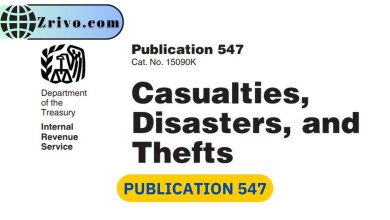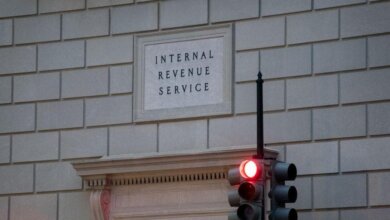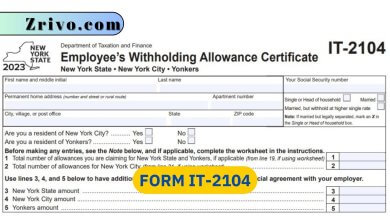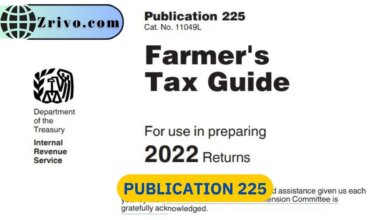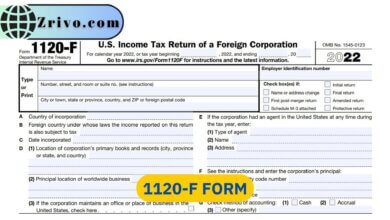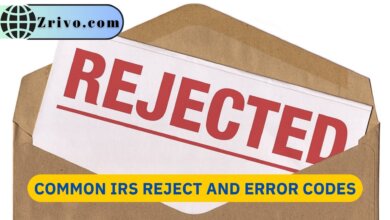What Is the Interest on a Penalty and How Is Calculated?
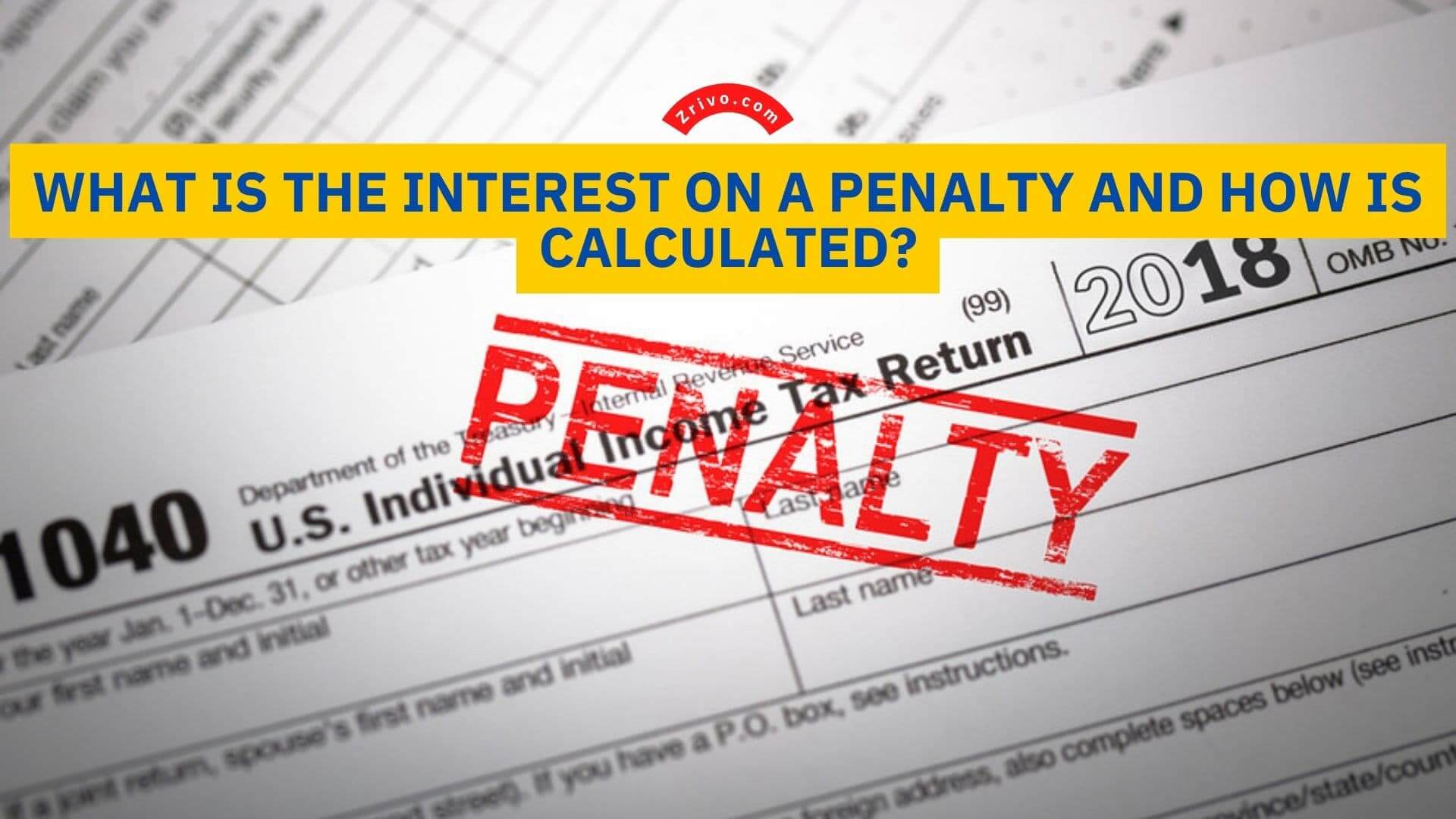
Whenever you fail to pay the tax you owe or fail to file the required forms on time, the IRS charges the taxpayer with a penalty. If you don’t pay this penalty on time, which will be notified to you with official notification, an interest rate will be implemented on your penalty and debt for the time you completely pay it.
It is possible to avoid paying interest rates by contacting the IRS and requesting help for installments. However, this may not be available for all kinds of debt or penalties. Yet, you can still get more information by contacting an IRS representative to cut your interest costs.
The IRS interest rate is determined quarterly, and there is a fixed formula for the calculation. This is the federal short-term rate plus an additional three percent. It is worth noting that the interest compounds daily starting from the due date and is applied over the unpaid balance.
On the other hand, if you pay your debt partially, the penalty you will be charged varies. It is called the failure-to-pay penalty, and it corresponds to one-half of one percent for each month. Moreover, it cannot exceed twenty-five percent of the unpaid balance.
It is worth noting that this one-half of one percent will increase to one percent when you don’t pay your remaining tax in the following ten days after the official notification from the IRS.
All you need to do is, pay your taxes and other related debts before their due date and in full to avoid penalties and interest rate compounds. If you are unable to pay your taxes on time, you can always borrow funds at a lower rate to avoid both the interest rate and the penalty from the IRS.
